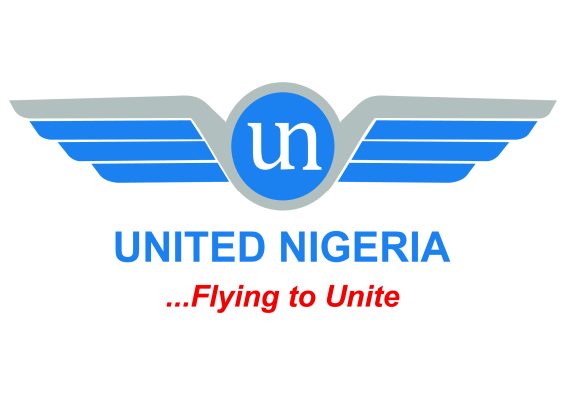Why DMBs may give fewer loans in next six month

Indications are rife that most Deposit Money Banks (DMBs) may see loan book remain muted in the remaining six months in 2017, while lenders continue to reap the benefits of the attractive yields in the Treasury market
Due to the risks free nature of instrument, such as, treasury bills, Nigerian lenders are currently focusing more on asset quality and capital raising, findings has revealed.
For instance, the successful issuance of Zenith Bank’s and United Bank for Africa’s $500 million Eurobonds, industry stakeholders are expecting several other DMBs to come to the market to raise fresh capital to maintain adequate buffers.
Despite UBA’s appearing to being adequately capitalized with Capital Adequacy Ratio (CAR) at 19.4 per cent, management have guided to raising a $500 million Eurobond later this year, a pointer to the fact that lenders with lesser CAR will follow suit.
Given the absence of a further depreciation in the local currency in first quarter (Q1) 2017, which drove the expansion in loan book and contributed to the spike in loan impairment charges in 2016, capital adequacy ratios (CAR) remained relatively flat in Q1 2017 at 18.7 per cent on average.
This, according to experts at an Investment Management & Research Company, Investment One Financial Services Limited, “We expect several other names to come to the market to raise fresh capital to maintain adequate buffers.”
However, while Tier 1 banks, such as,Zenith (22 per cent CAR, as at Q1 2017; Access Bank at 21 per cent capital adequacy ratio) appear to be adequately capitalized, against the regulatory requirement (15 per cent for systemically important banks and banks with international branches), the same cannot be said for all Tier 2 names.
Specifically, Diamond Bank with CAR at 15.1 per cent as at Q1 2017 may need to raise fresh capital in the near term to maintain adequate buffers.
According to analysts, First City Monument Bank ( FCMB) with low liquidity ratio (c.32 per cent as at Q1 2017), which is just slightly above the 30 per cent regulatory threshold, may not be in the same pedestrian with Zenith bank, with a liquidity ratio close to 66per cent as at Q1 2017, yet the later went for capital raising. This has enabled the Zenith sustain its position as the most liquid bank among the names mentioned earlier.
Access Bank’s liquidity ratio inched up to 46.3 per cent as at Q1 2017, (compared to 43.6 per cent, as at Q4 2016). For First Bank of Nigeria (FBN) Limited, “We restate our view that a more significant increase in provisioning may have pressured CAR, which inched up +30 basis points (bps) q/q to 18.1per cent as at Q1 2017, analysts at INVESTMENT ONE Financial Services Limited stated in their first quarter review.
“While we highlight that the formation of NPLs appears to be slowing, banks remained cautious to increase lending due to the potential risk for further classifications. The q/q growth in lending by Zenith (+2.6 per cent) and UBA (+2.2 per cent) in Q1 2017, was offset by the contraction in other banking names particularly GTB (-1.7 per cent q/q in Q1 2017).
“Thus, loan book growth was muted on average (+0.3 per cent q/q in Q1 2017); we note that most of the Tier-2 banks (DIAMOND, SKYE, FCMB, UBN and UNITY) are still recording below-trend level of fundamental returns (measured by ROE) whilst facing capital adequacy challenges,” Robert Omotunde-led analysts at Afrinvest said, while recommending Tier-1 banks still trading below pre-crisis valuation multiples and recommend Tier-2 banks for investors with longer holding period.








